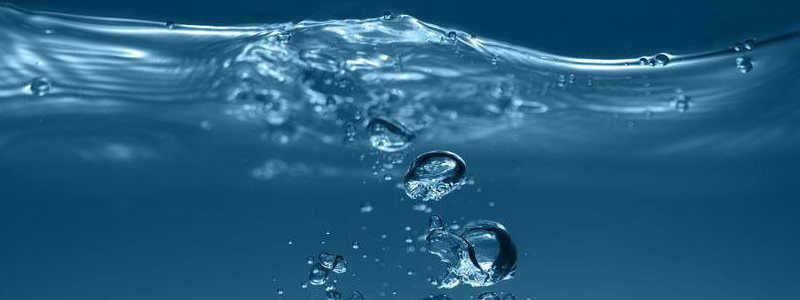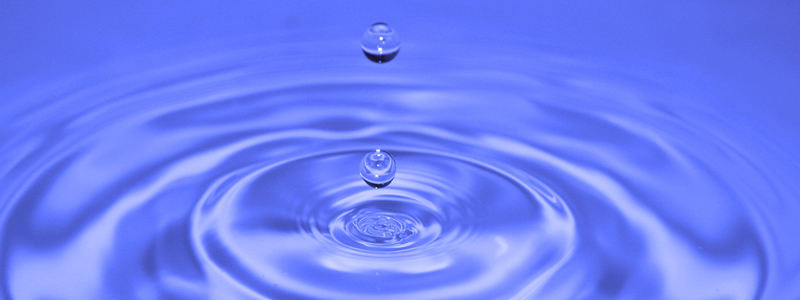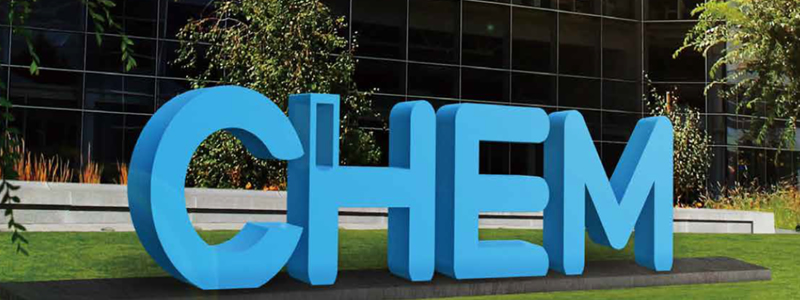
Drinking water treatment in Australian
Australian Drinking Water Treatment
The final step in providing safe clean drinking water is the removal of any chemicals, organic substances or microorganisms that could be harmful to our health.
Freshwater treatment
Water from greater Sydney's drinking water catchments is treated to Australian drinking water standards by Sydney Water, Wingecarribee Shire Council and Shoalhaven City Council. WaterNSW treats water for the Avon, Cataract, Cordeaux and Fitzroy Falls Dam picnic grounds.
Most of the water from Sydney's drinking water catchments is supplied to Sydney Water. It has a network of nine water filtration plants. More than 80 percent of Sydney's water is treated at Prospect Water Filtration Plant – three billion litres of water per day!
The treatment process for freshwater using a flocculation method.
Screening: Freshwater is moved through fine screens to remove solid objects like fish, logs and leaves.
Flocculation: Fine particles are then removed using a chemical that makes the particles clump together (flocculate) and settle to the bottom.
Filtration: Larger particles are caught and removed as the water flows through a layer of sand or a combination of fine-grained sand and crushed anthracite (coal).
Disinfection: The water is then disinfected with chlorine to destroy pathogens, like viruses, bacteria and microbes.
The chlorine disappears quickly, so ammonia is also added as a longer lasting disinfectant. Fluoride is added to our drinking water to meet NSW Health requirements to prevent tooth decay. The final treated water then enters a network of reservoirs, pumping stations and pipes to arrive at homes and businesses. Sydney Water has over 21,000 kilometres of pipes to deliver drinking water to homes and businesses. Joined end to end, these pipes would stretch from Sydney to Los Angeles and back!
Desalination
The desalination water treatment process provides an alternative source of drinking quality water that doesn't rely on rain. Desalination extracts freshwater from seawater using reverse osmosis technology. The desalination plant is the largest individual piece of infrastructure in Sydney's water supply system since Warragamba Dam was built.
The treatment process starts with screening and filtration to remove solids like sand and sediment. Next, sea water is forced through a semi-permeable membrane under high pressure. Because molecules of salt are physically larger than water molecules, the membrane traps the salt particles. The result is fresh water on one side of the membrane and a highly concentrated, salty solution on the other side. This is called reverse osmosis. Vital minerals removed during reverse osmosis are added back to the water. Fluoride is then added. The water is disinfected with chlorine before it travels to homes and businesses.
Australian Drinking Water Guidelines
All drinking water flowing from treatment plants conforms to the Australian Drinking Water Guidelines. NSW Health monitors Sydney Water and all treated drinking water providers' performance against these guidelines. Water quality testing takes place at every stage of the supply system, including at the water treatment plants and from pipes in the distribution system. Water is tested for up to 70 different characteristics including taste, colour, odour, microorganisms and chemical content.
For Chemicals of Drinking Water Treatment, please feel free to contact us.
 Previous
Previous  Next
Next Get answers and advice from people you want it from.